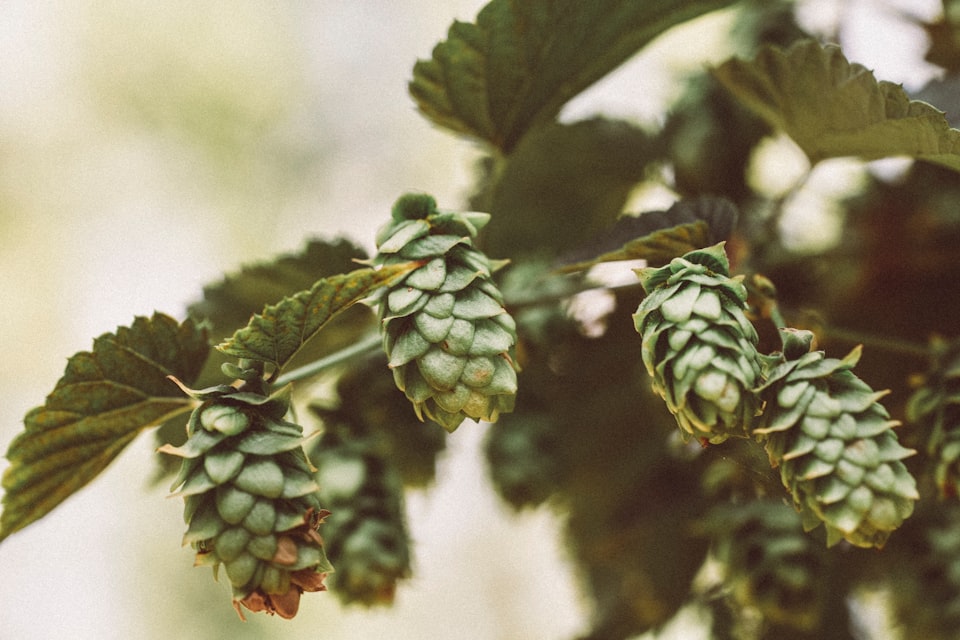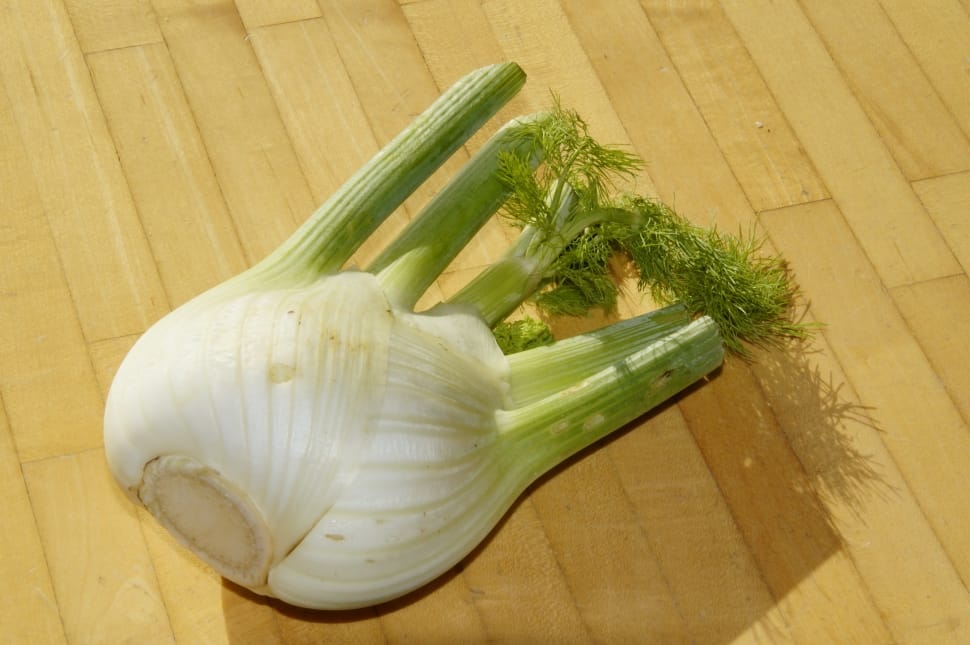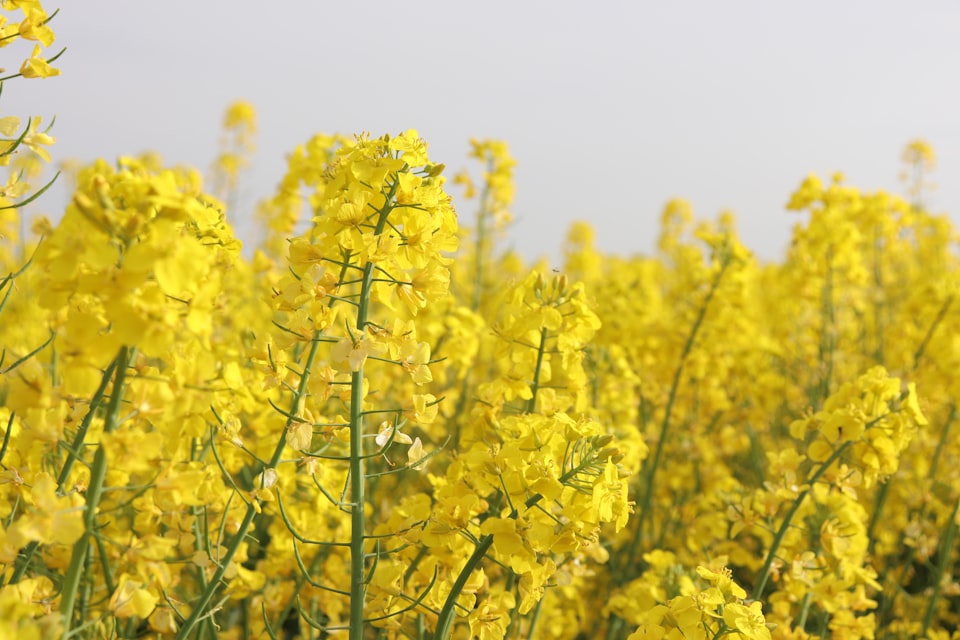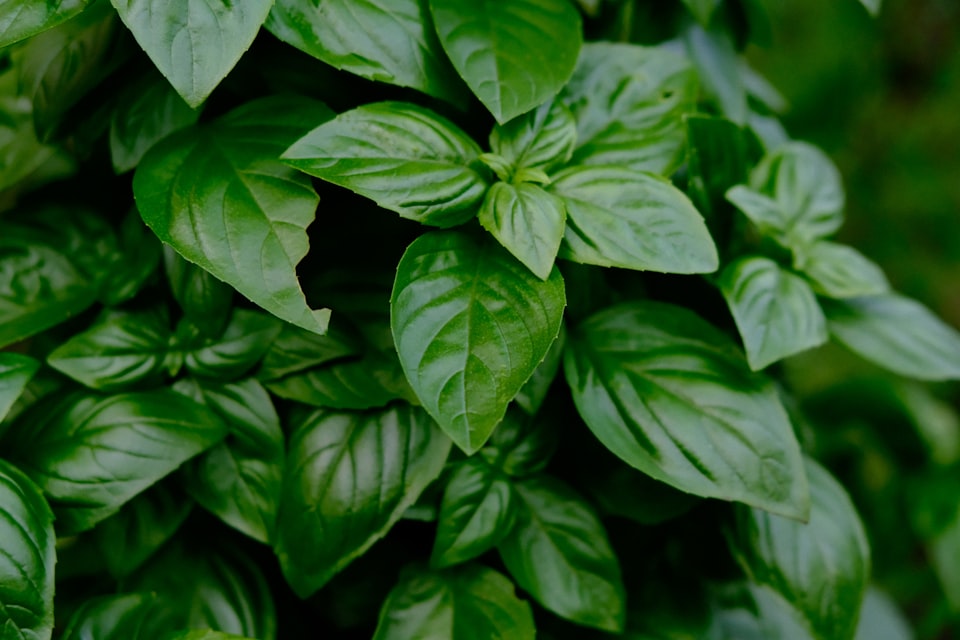VI: Lemon Balm
Let's use today as an excuse to list all the lemon plants.
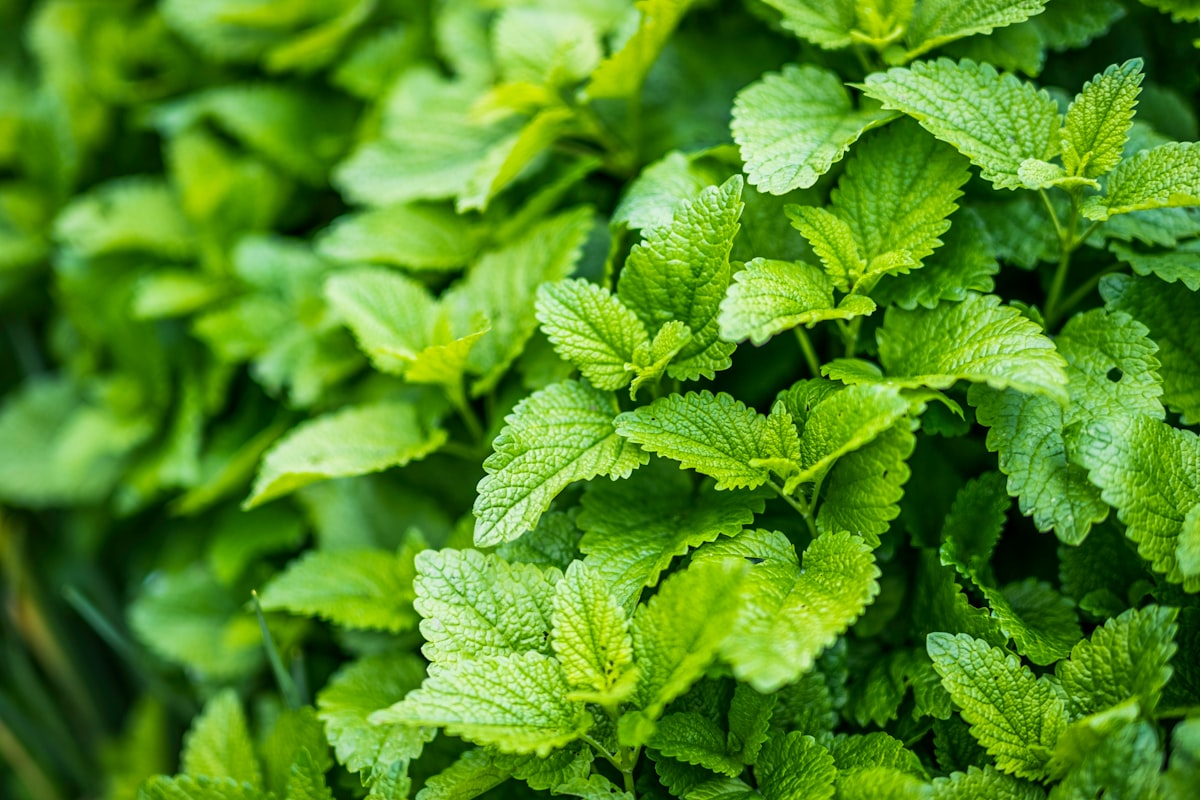
Good morning. Today is sextidi, the 6th of Prairial, Year CCXXXI. We celebrate la mélisse, a member of the mint family that comes through on its promise to taste like lemon.
💡
Lemon balm's scientific name (Melissa officinalis) highlights its two historical uses: the first word is Greek for honeybee because the flowers of this plant attract bees like crazy, and the second word means "of the store" because the leaves have always been stocked by apothecaries as a go-to "chill out" medicine. But the main attraction is right there in the English name, which is the strong lemon scent the leaves give off when crushed. This is the plant's insect repellant – indeed, rubbing a little on your skin does a decent job of keeping mosquitos at bay – and was the main reason the Tudor dynasty insisted on having leaves scattered on the castle floors at all time. Yep, Henry VIII was walkin' on sunshine.
There are all sorts of plants that have evolved the signature smell and taste of lemon. We name the scent after the fruit, because that's the botanical item that is the brightest and boldest to behold – not to mention the most culinarily useful – but really, the lemon tree is just one plant that has put the chemical compounds limonene and citronellal to use in fighting off predators whilst attracting pollinators.
Roundup time!
